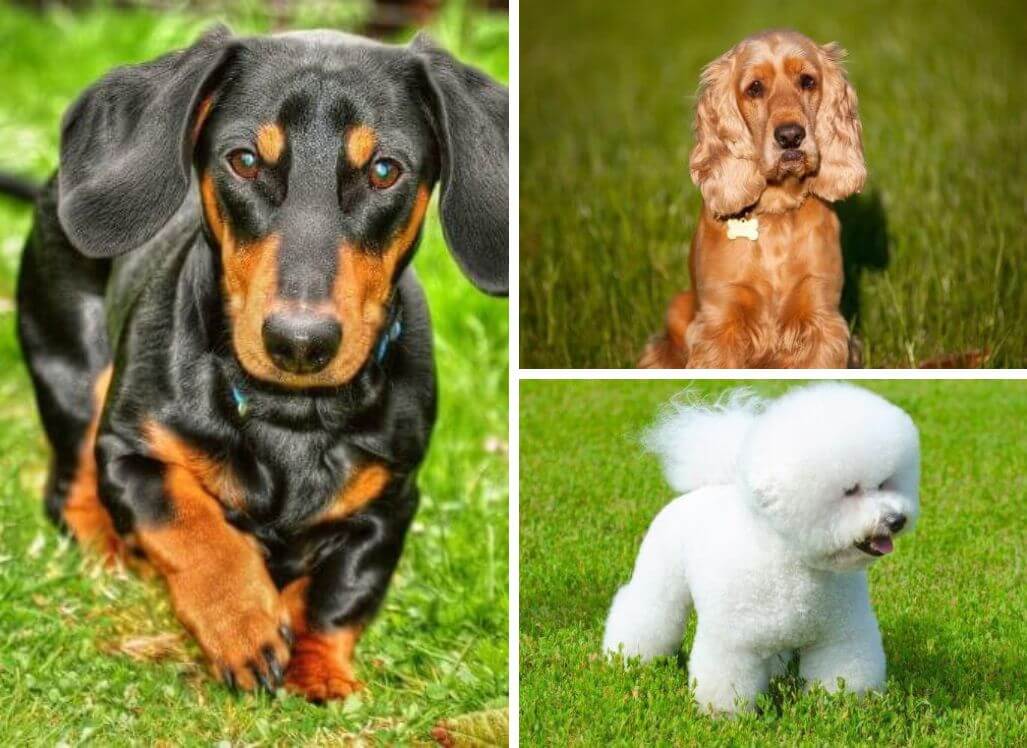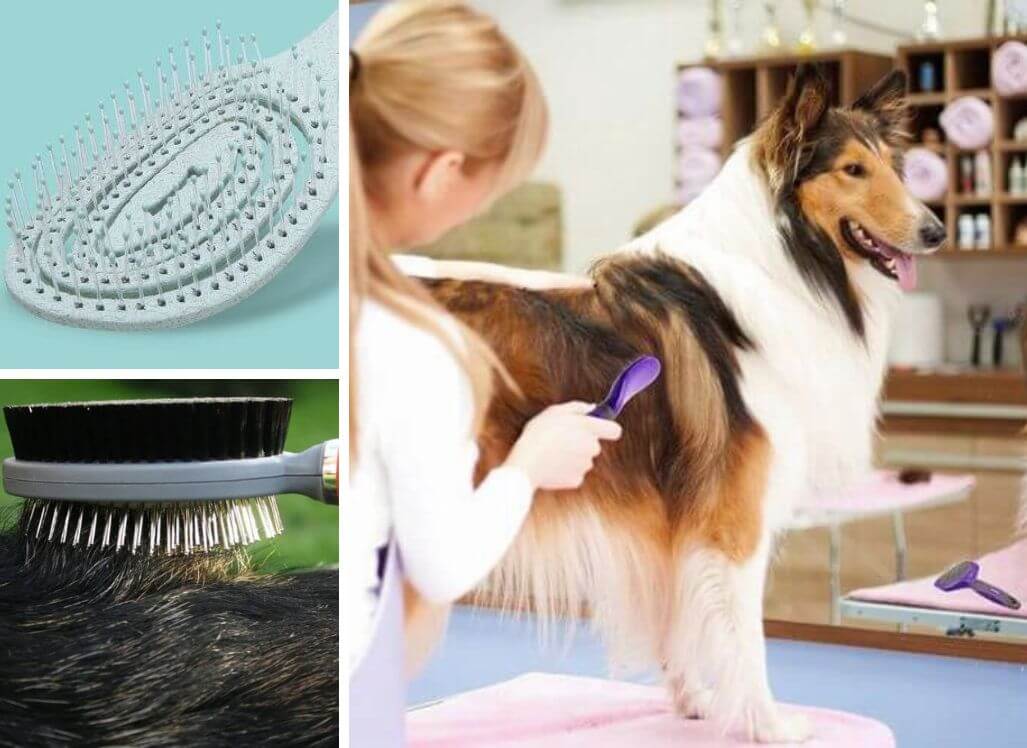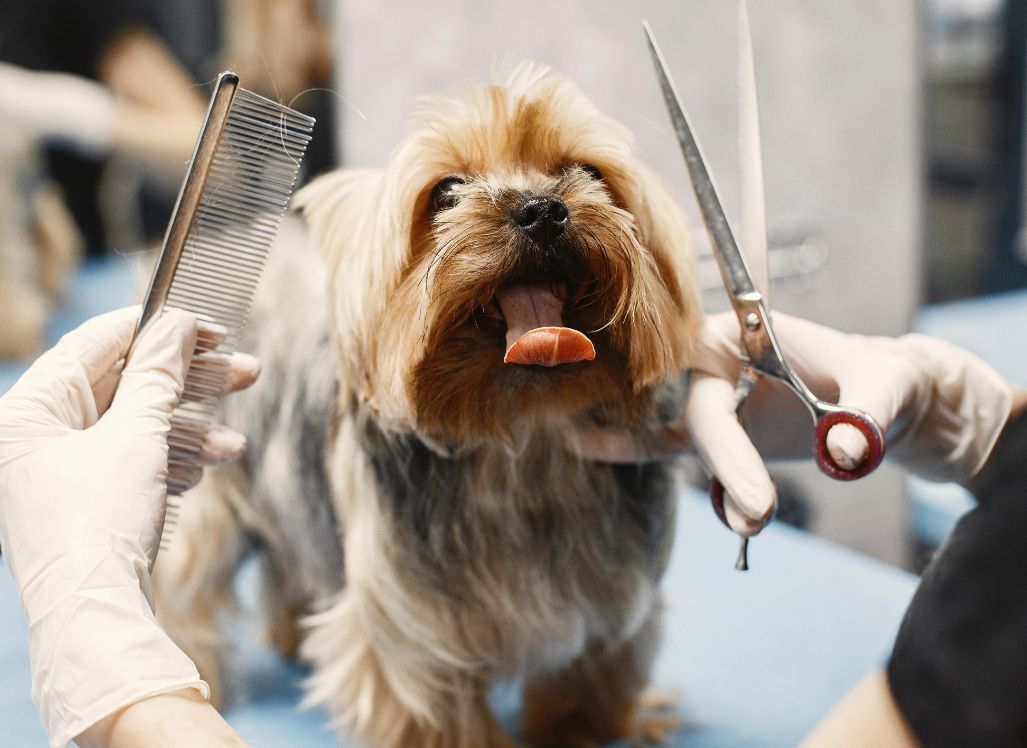As dog owners, we tend to use the terms "hair" and "fur" interchangeably when referring to our furry friends' coats. However, you may have wondered if there's a distinction between the two. And the answer may not be as simple as you think.
In fact, hair and fur are the same thing - the difference lies in how the terms are used. We generally use the term "hair" for humans, while the term "fur" is used when talking about animals. While some people may use the terms "fur" and "hair" interchangeably when talking about a dog's coat, there are some key differences between the two.
In this one-shot blog post, we'll delve into the world of dog hair and fur, exploring their similarities and differences, and why you may need to know the difference.
Similarities in Hair and Fur
Hair and fur are both composed mainly of keratin, "a fibrous structural protein" that is also found in nails and skin. And their similarities don't stop there.
Both hair and fur are composed of three layers: the medulla, the cortex, and the cuticle. The medulla is the innermost layer of the hair shaft, while the outermost layer is the cuticle. The cortex lies between the medulla and cuticle layers.
Additionally, both hair and fur provide insulation, protection against the elements, and aid in regulating a dog's body temperature. They have different textures and appearances, but they both serve the same purpose. So, while hair and fur may differ in texture and look, they are both essential components of a dog's coat that help provide an array of benefits.
And would you believe that "Although dog hair seems to come in an infinite variety of lengths, thicknesses, and styles, most breeds' looks are dictated by the particular versions of just three genes in that breed's genetic makeup."
Differences between Hair and Fur
So what the difference is between hair and fur? While the texture and growth cycles of hair and fur are certainly different, they can also vary in terms of appearance. Some types of hair might have a sheen or gloss to them, while fur often has a thicker, more plush look and feel.
Hair
Hair is usually longer than fur and often feels softer to the touch. It usually grows in a single layer and has a smoother and finer texture than fur.
Dogs with hair are said to have what's called an undetermined length (UDL) coat. This means that the hair continues to grow until it breaks or is cut.
Hair also has a longer growth cycle than fur, and it goes through both growth and shedding phases. The longer the growth cycle, the less frequently it sheds.
Some dog breeds with hair include the Poodle, Maltese, and Afghan Hounds.
Fur
Fur tends to be shorter, coarser, and denser than hair. Dogs with fur often have two distinct layers of coat, consisting of a top layer and a soft undercoat for insulation.
Another important characteristic of fur is that it generally grows to a pre-determined length and then stops. However, it should be noted that some breeds (the Golden Retriever is a well-known example) have coats of mixed length.
Additionally, fur coats have shorter growth cycles than hair, which enables them to shed more easily and thicken during colder months. Thanks to this shedding process, fur tends to disperse into the air more easily than hair would. Not only do they shed seasonally, they actually tend to shed all the time.
Dog breeds with fur include Labrador Retrievers, Beagles, and French Bulldogs.
So What Does This Mean For You?
The difference between hair and fur on dogs is more than just semantics. Choosing between a dog with hair and fur may not be the only factor in deciding on which breed of dog to get. It also matters because allergies, maintenance, and grooming, as well as its appearance and texture, can all depend on whether your dog has hair or fur.
Allergies
Allergies to dog hair are a common problem for those who have an allergic reaction to certain substances. If you have allergies, it is important to know whether the hair or fur of the dog can contribute to your allergies.
However, it should be noted that dogs with hair, tend to be less allergenic than dogs with fur. The reason for this is that dogs with hair shed less coat and less skin or dander, which are the main causes of allergic reactions. Fur sheds more easily; and it will require frequent brushing to maintain its appearance, which in turn may be a challenge to pet owners who suffer from allergies.
Maintenance and grooming
Grooming and maintenance requirements vary based on the type of coat a dog has, but regardless of whether they have hair or fur, all dogs require some form of grooming to maintain their hygiene and well-being. However, fur and hair each require different levels of maintenance.
Dogs with hair, such as Poodles, need monthly or bimonthly haircuts to prevent matting and tangling of the hair. Plus, their unique coats require daily brushing to avoid any mats or tangles. In addition, dogs with hair need regular trimming around their eyes, ears, and paws to keep them clean and healthy.
On the other hand, dogs with fur, like Labrador Retrievers, only need routine brushing to prevent excess shedding, mats, and tangles. Although they may not need haircuts, they do require regular baths to keep their fur and skin healthy.
Texture and appearance
When it comes to choosing a dog with hair or fur, you may want to consider the texture and appearance of the coat. The texture of a dog's coat can also impact its appearance. For example, the sleek, shiny coat of a Doberman Pinscher adds to their elegant look, while the shaggy, fluffy coat of a Pomeranian gives them a cute and cuddly appearance. In addition to these considerations, it's important to find a coat type that fits your lifestyle and preferences as a dog owner.
To Sum Up
Dogs are a diverse species, with a wide range of appearances and characteristics. One particularly fascinating aspect of this variance can be seen in their coats. From wiry hair to soft, fluffy fur, there is no one-size-fits-all pattern. Moreover, the differences in coat types are not only limited to different breeds but also extend to individual dogs within a breed.
Understanding the differences between dog fur and hair can benefit both current owners, prospective owners, and the dogs themselves. Moreover, knowing which type of coat your four-legged friend has can help you better assess its needs when it comes to grooming and caring for them, and help you discern the different breeds of dog most suitable for your lifestyle.
Understanding the difference between hair and fur in dogs can also provide valuable insight into their care needs. With the wide range of coat variations among breeds and individual dogs, it's important to seek guidance from a professional groomer or veterinarian on the best grooming practices for your furry friend. Understanding your dog's specific coat type, texture, and growth rate will determine the products and techniques needed to keep their coat healthy and shiny.
So now that you know how to differentiate between dog hair and fur - take a break from your busy schedule, go on a walk, play some fetch, or just simply cuddle up next to your pup. Make every moment count and enjoy your time together.
Keep a look out for our post on Allergies, coming soon.
You may also like:









